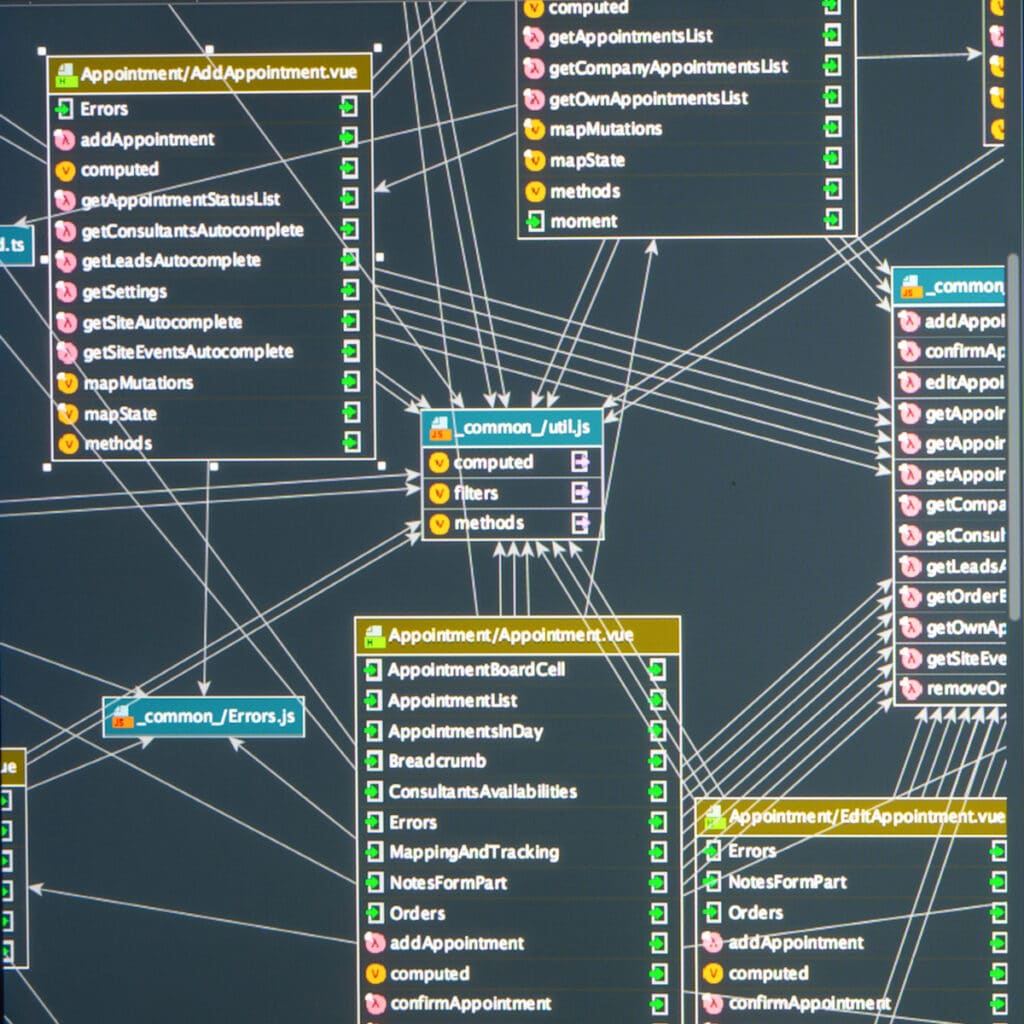Since many systems are interfaced and intertwined, a service job or refit to a few components can result in having to replace many parts, resulting in high costs.
We envision a future where all available computing power can be used by the systems that need this the most, all applications are available at every workstation and data seamlessly flows from one application to another. This would provide significant advantages to optimising vessel operations, improve cyber security and resources are pooled. A highlight distributed access layer increases flexibility and availability.
RH Marine’s recently introduced Integrated Virtualized System Architecture is the first step towards this new future. With Rhodium IVSA an on-board cloud is created, catering for the interconnection of equipment with a network connection. This contains more than just equipment like computers and PLC’s; many sensors or engine room equipment nowadays comes with network interfaces. By using these network connections the need for physical interfaces is reduced, and with that the need for specific cabling. Equipment can simply be connected to the nearest network connection and made available through the network.

